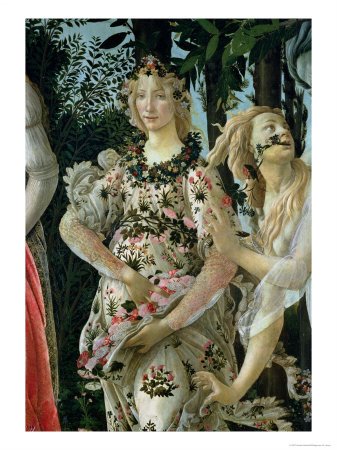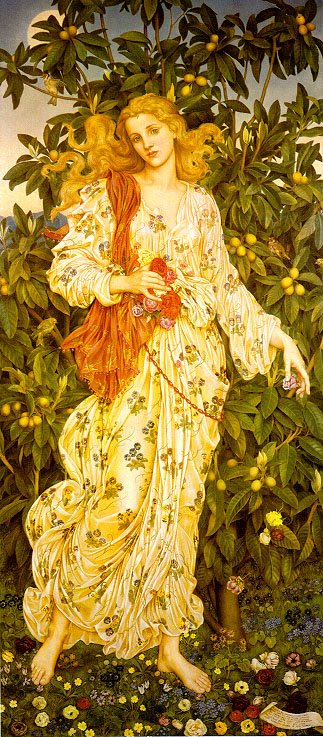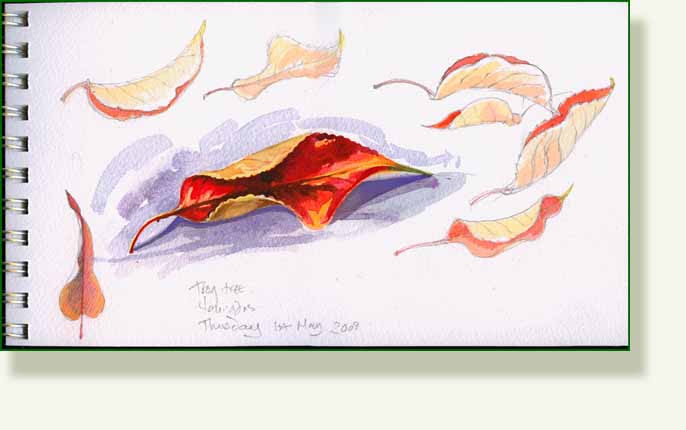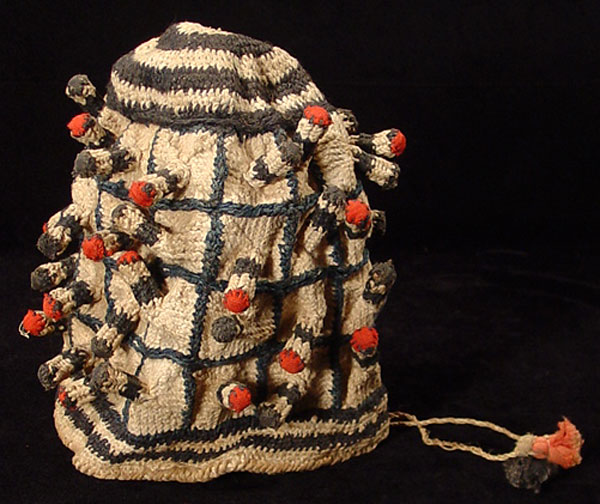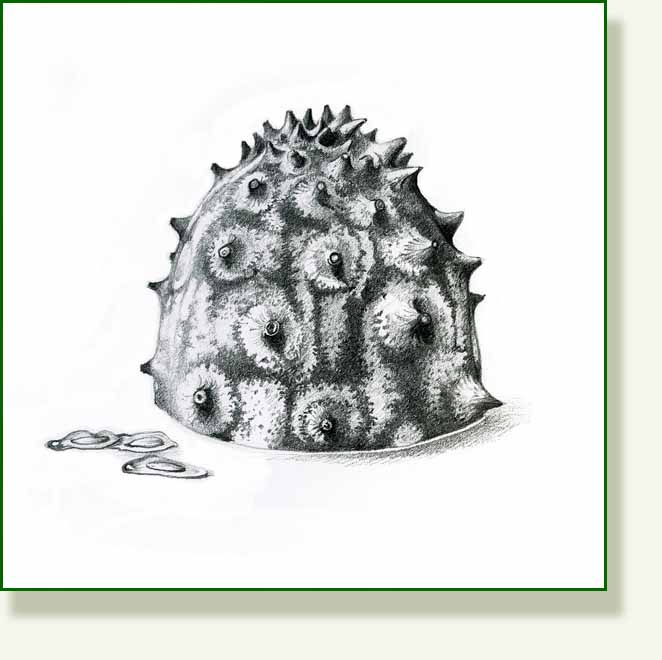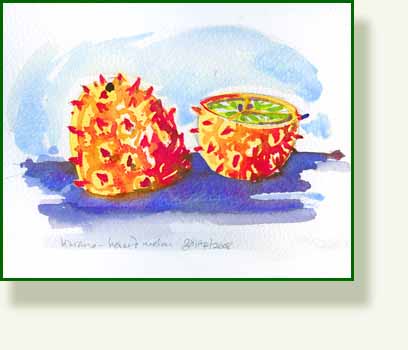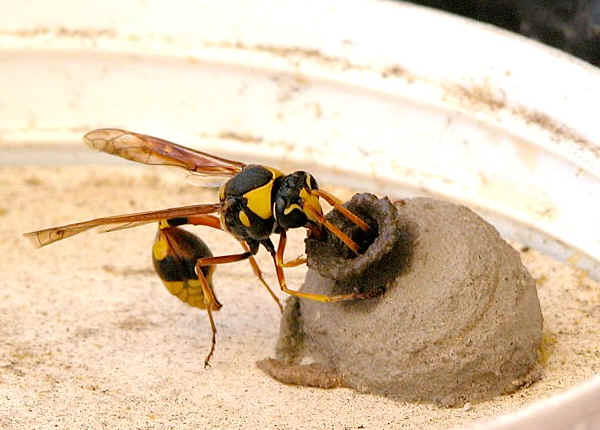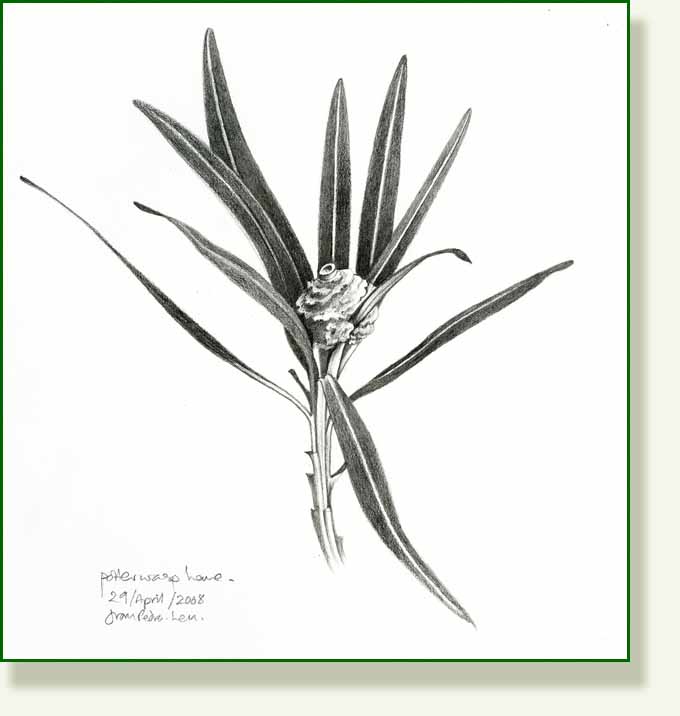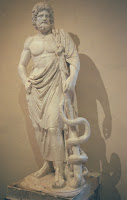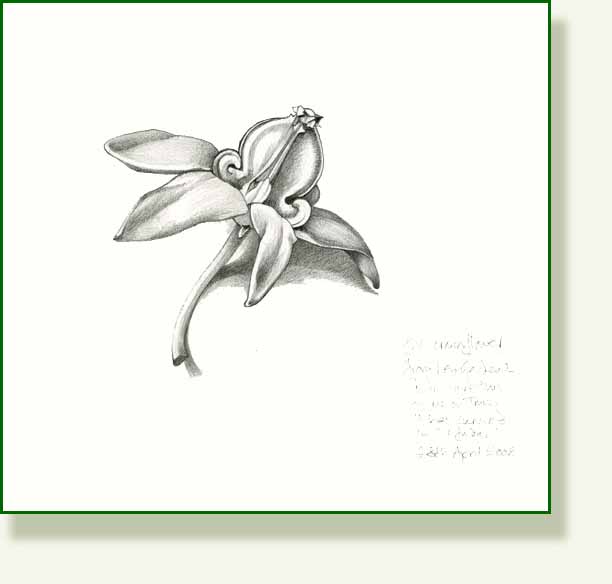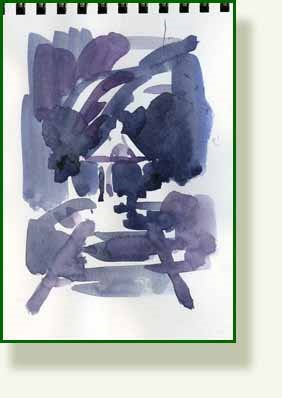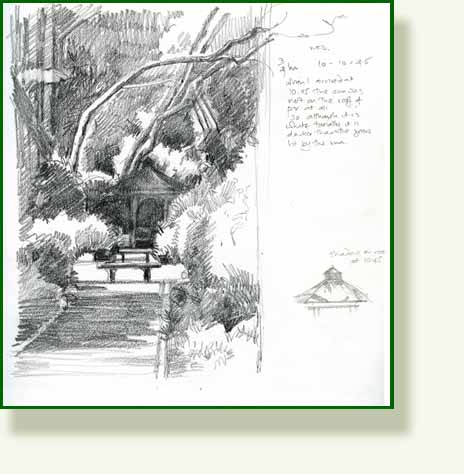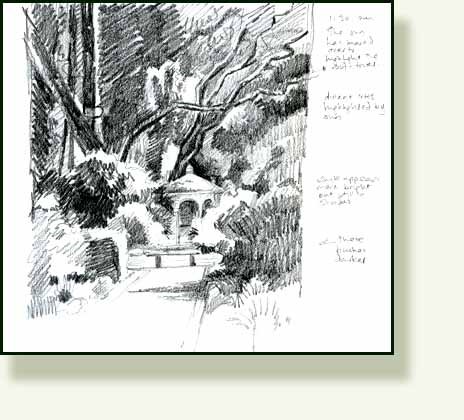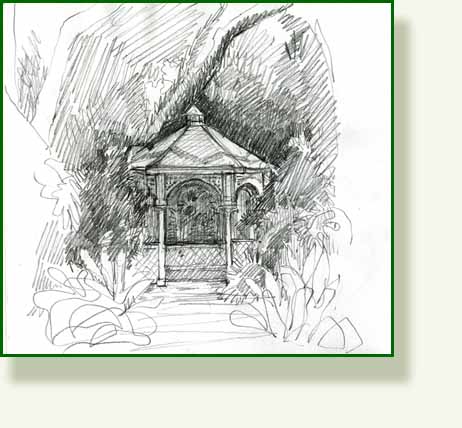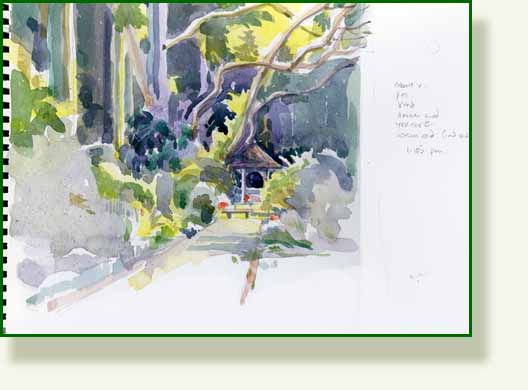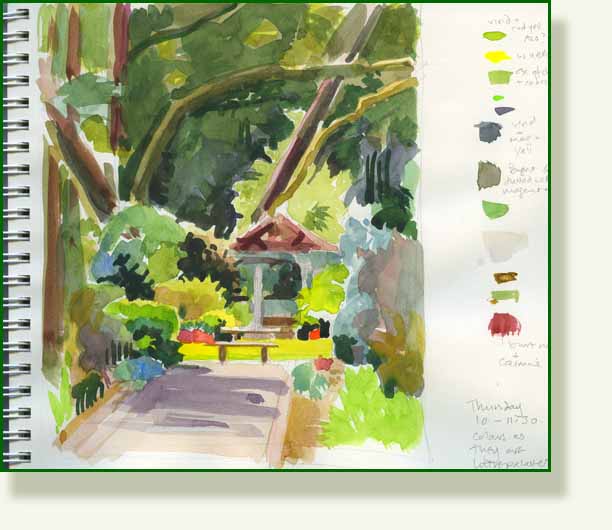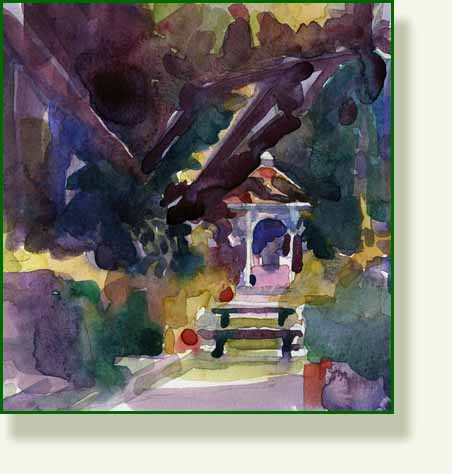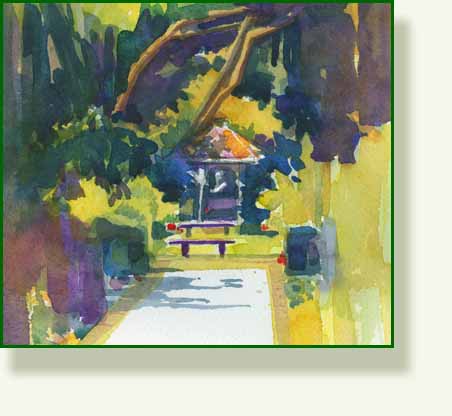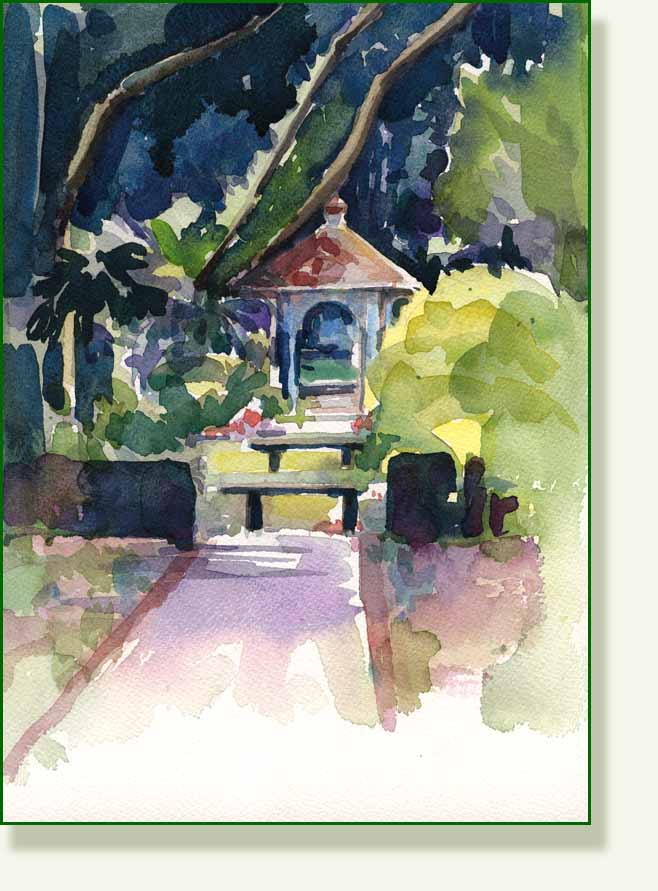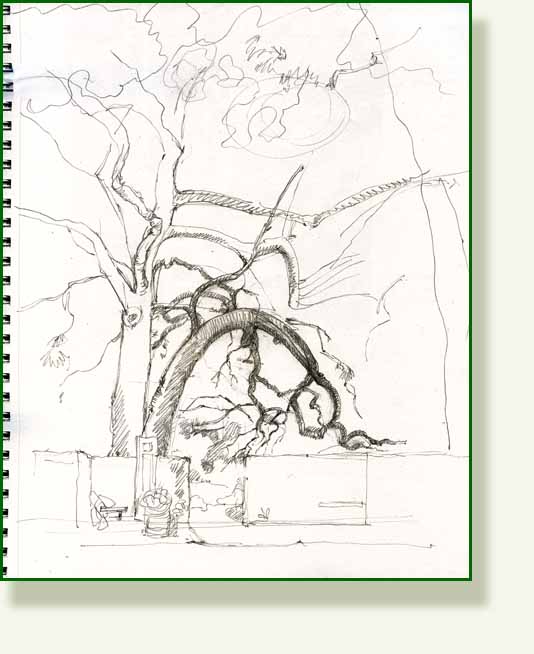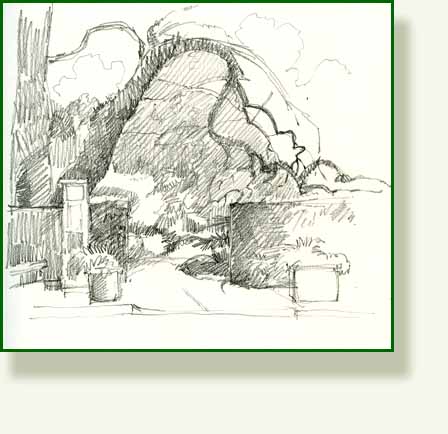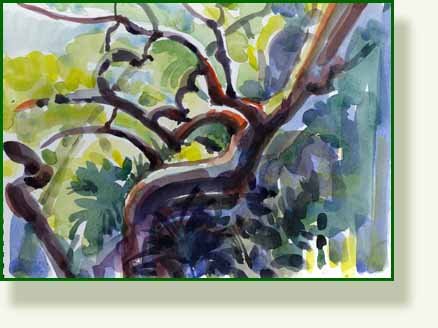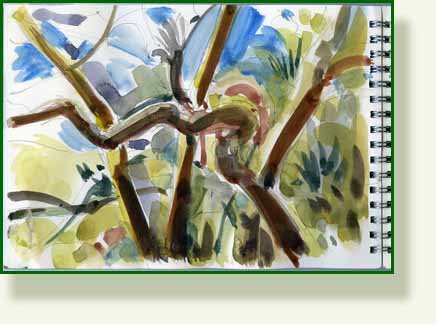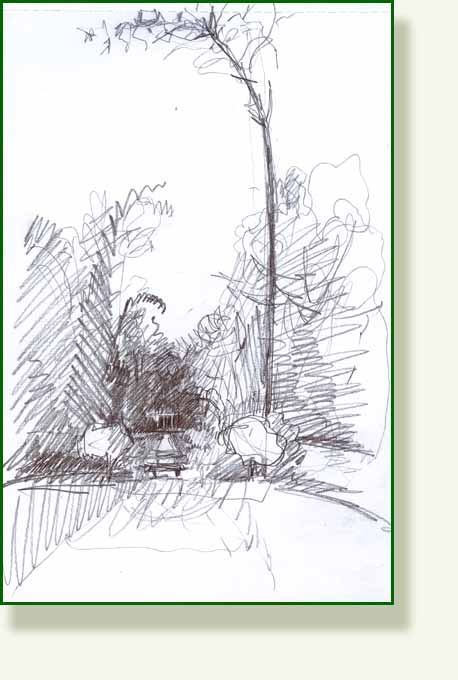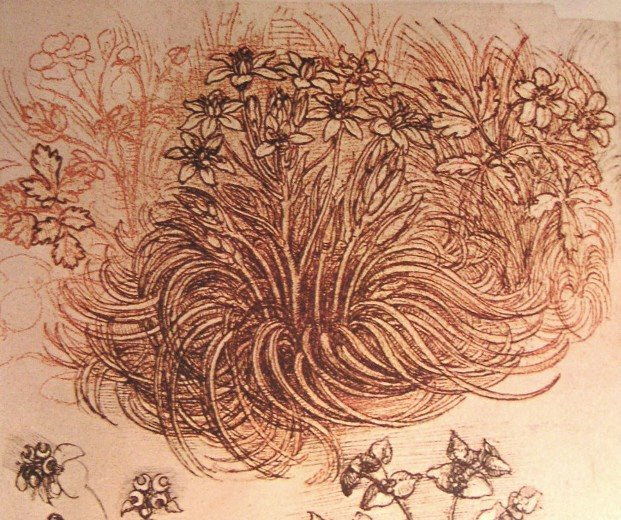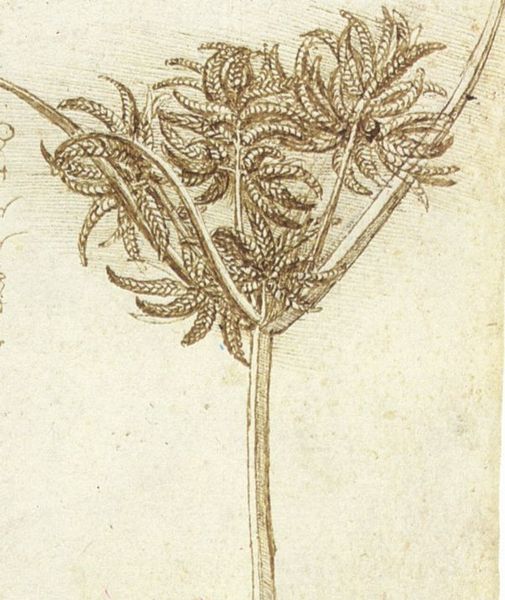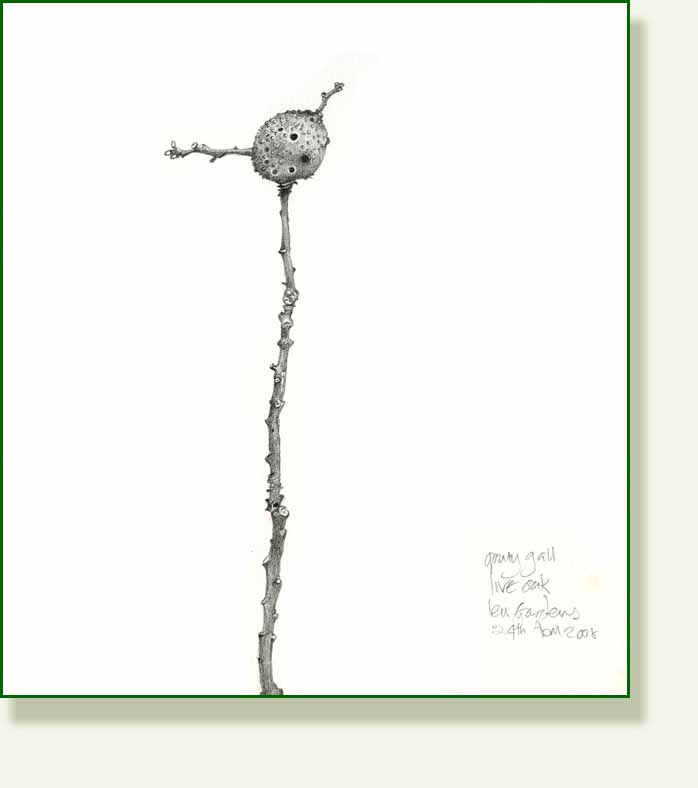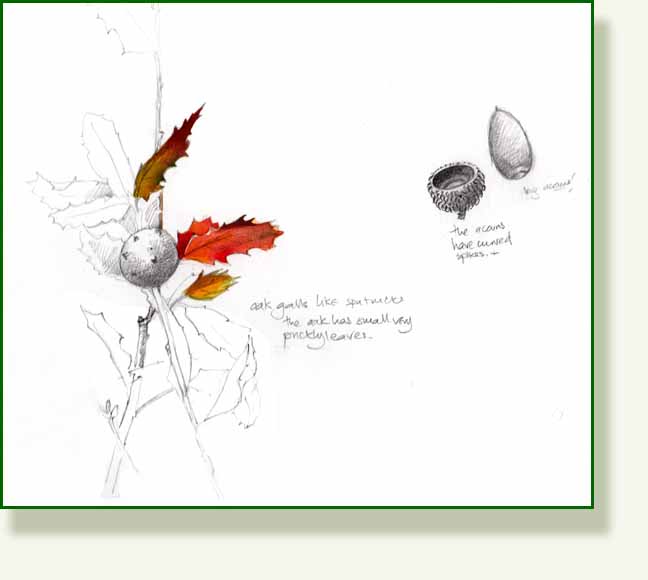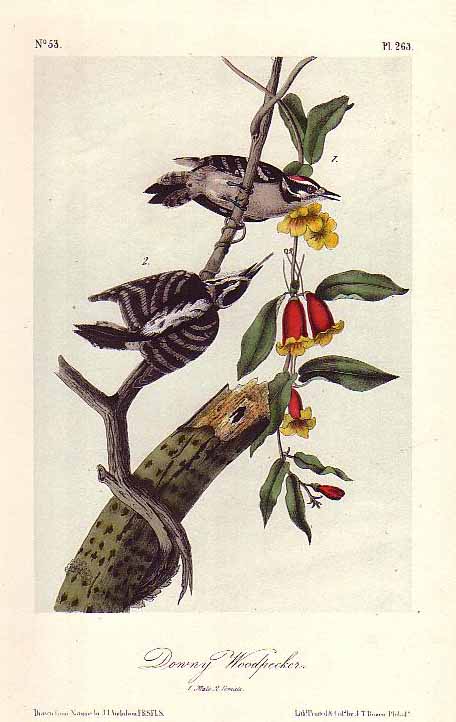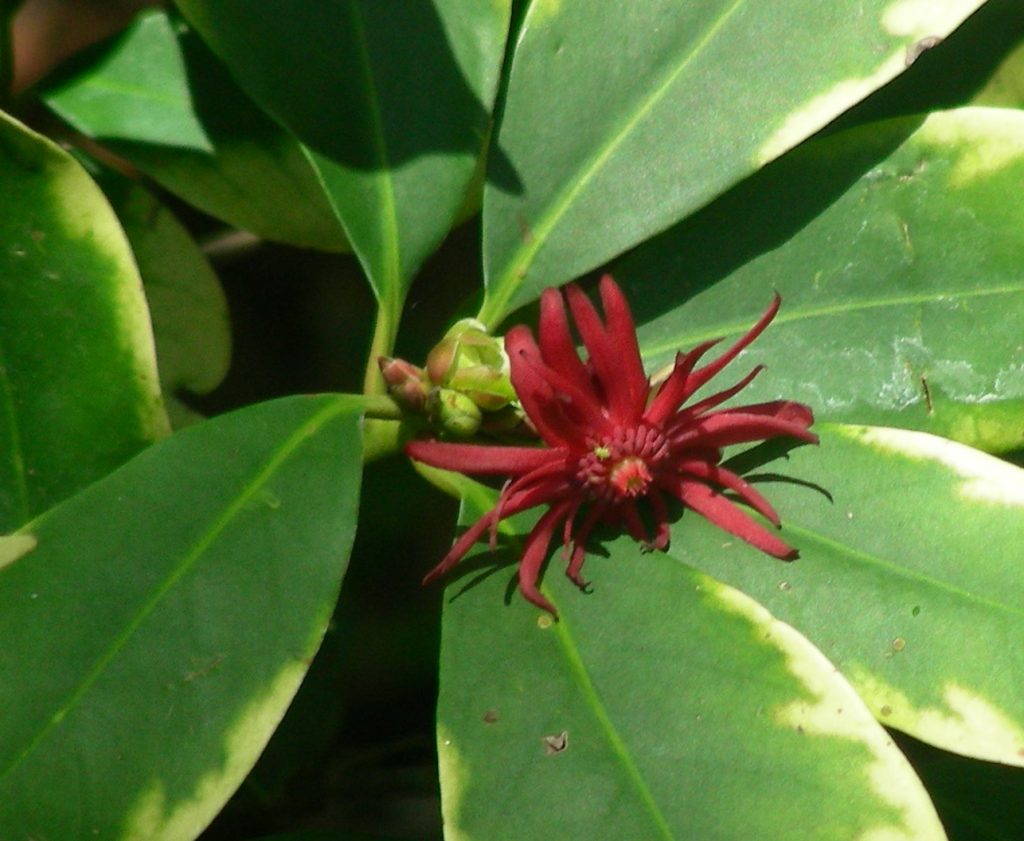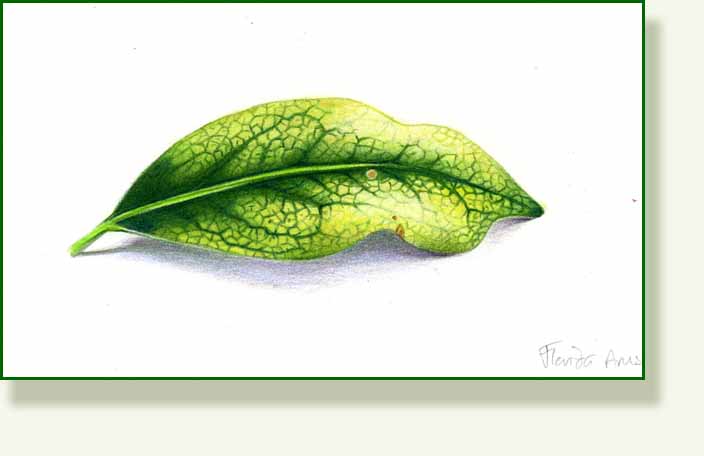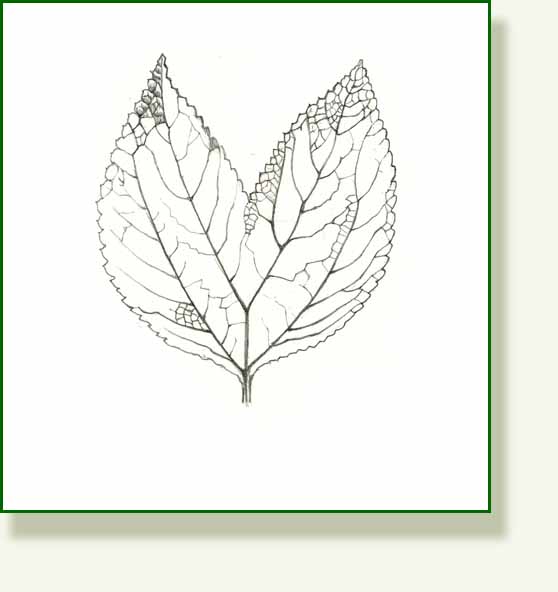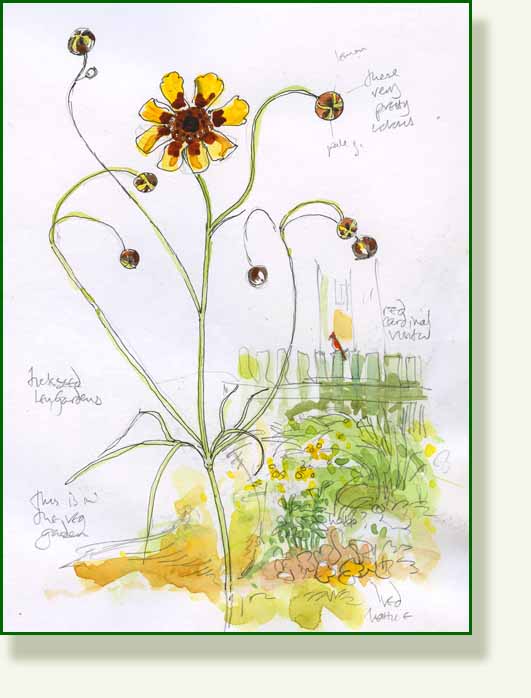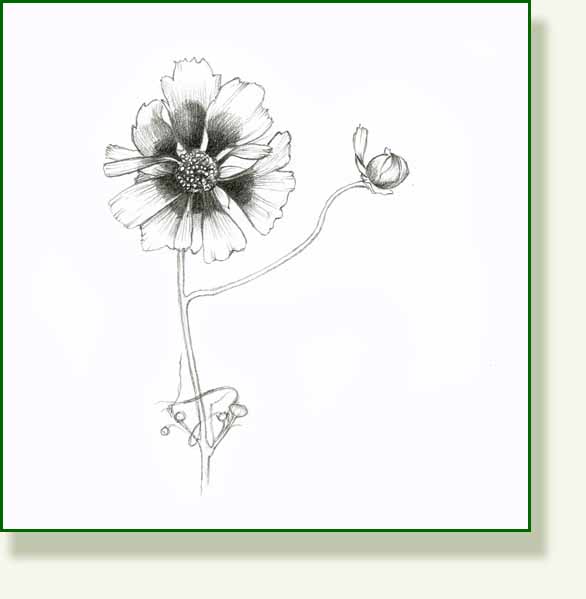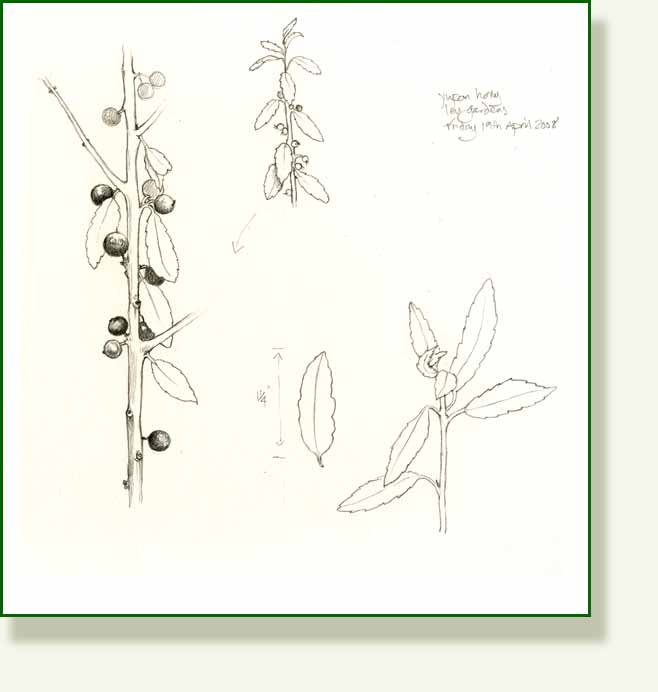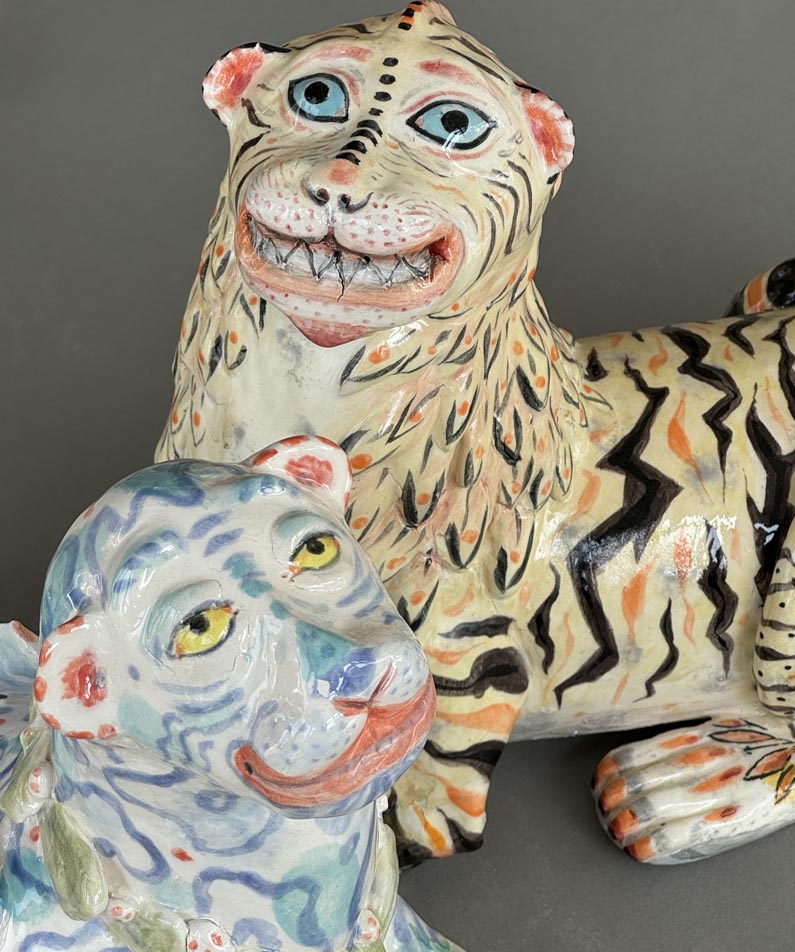“March winds and April showers soon give way to sweet May flowers”
The first of May, a day of celebrations redolent of pagan worship, of nature and of new growth. Songs, poems and rituals abound to welcome spring, and the return of growth, of love and of optimism. Flora is about to tread the earth scattering flowers as she goes.
“Now is the month of maying, When merry lads are playing, fa la,
Each with his bonny lass, Upon the greeny grass. Fa la.
The Spring, clad all in gladness, Doth laugh at Winter’s sadness, fa la,
And to the bagpipe’s sound, The nymphs tread out their ground. Fa la.”
Madrigal by Thomas Morley 1595.
Flora ..a detail from Botticelli’s Primavera.
If I were in the UK I would be drawing the hawthorn blossom as superstition allows it to be brought into the house only after the first of May, but not blackthorn blossom. I should definitely be getting up early to wash my face in the dew but should definitely not “cast a clout till May be out.”
I may look down into the waters of a well at noon to see my true love’s face and should I be young and pretty I might be the chosen “Queen of the May”, a symbol of fertility and regeneration but also a reminder that life is fleeting as in Tennyson’s beautiful poem “Queen of the May.” 1833 whose careless heroine is destined to live only till the New Year .
Here are just 3 verses..
“You must wake and call me early, call me early, mother dear;
To-morrow ’ill be the happiest time of all the glad New-year;
Of all the glad New-year, mother, the maddest merriest day,
For I’m to be Queen o’ the May, mother, I’m to be Queen o’ the May.
…….
The honeysuckle round the porch has woven its wavy bowers,
And by the meadow-trenches blow the faint sweet cuckoo-flowers;
And the wild marsh-marigold shines like fire in swamps and hollows gray, And I’m to be Queen o’ the May, mother, I’m to be Queen o’ the May.
……
All the valley, mother, ’ill be fresh and green and still,
And the cowslip and the crowfoot are over all the hill,
And the rivulet in the flowery dale ’ill merrily glance and play,
For I’m to be Queen o’ the May, mother, I’m to be Queen o’ the May. “
“Flora” Evelyn De Morgan 1894.
Compare this very Victorian maid ‘s coy attitude with the steady and knowing gaze of Botticelli’s Flora. One, a pretty ideal of Victorian feminine beauty, the other a reflection of the power of the old goddess and a force of nature to be reckoned with.
It is also interesting that in this painting the tree in the background is a loquat… ( id) a spring fruit.
Today I am celebrating the start of part three of the course which will involve more colour and more leaves, with a little sketch of the Toog tree leaf, bishofia javanica.
I can’t find out why it’s called a Toog tree but the fallen leaves had caught my eye. They are interesting because they seem to fold in half as they dry out and so make beautiful shapes, they also have a bright red interior which makes them stand out amongst the brown leaf mould. The toog is a big handsome tree with a dense canopy valued for its wood and the welcome shade it casts in hot climates. Apparently, according to Florida growers, it is somewhat unruly too as it is known to easily break up pavements and house foundations and cause a litter problem, but surely, better these pretty leaves than empty MacDonald’s cartons.
__________________________________

